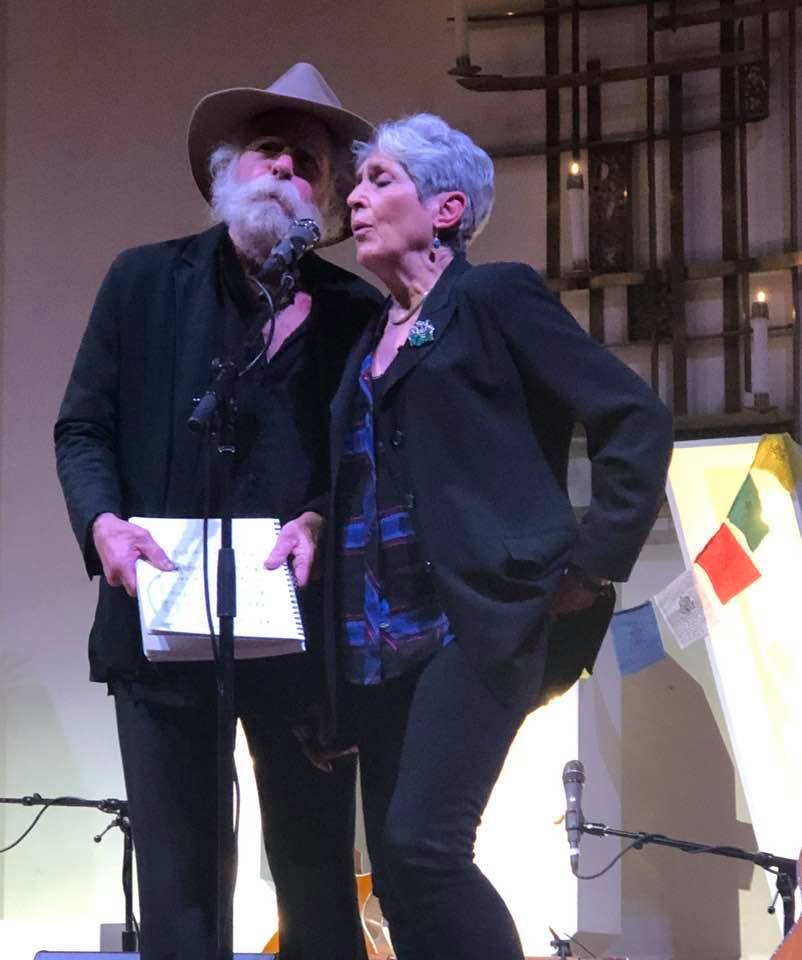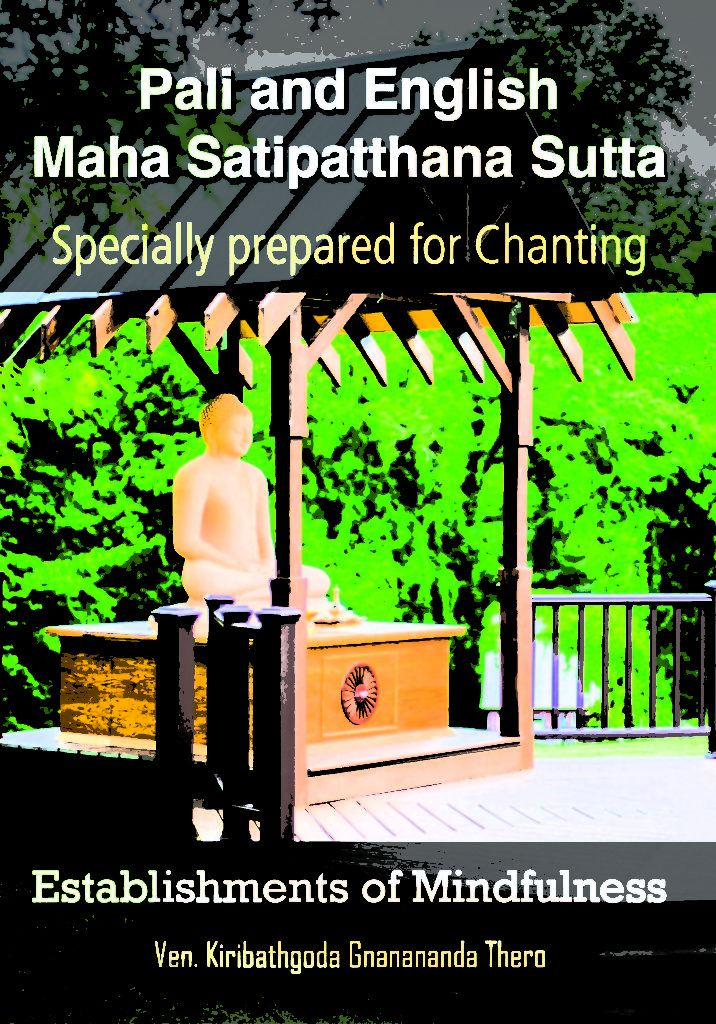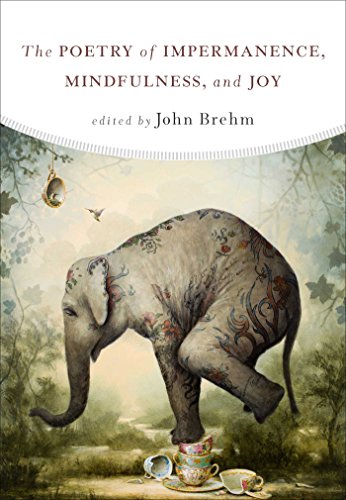To Open Up a Space

Today I find myself reflecting on this passage, which came into my mind seemingly at random, from A Month in Siena, by Hisham Matar:
“We wandered into the Accademia Musicale Chigiana and stood looking up at the beautiful decorations on the ceiling of its courtyard. Through the use of false perspective a flat surface had been made to look like the inside of a dome with carved borders. Diana, who is a photographer, said that maybe what an artist wants — not only the one who painted this fresco but perhaps every painter and photographer across time — is to make a flat surface give way, to open up a space. As she said this, I pictured a man literally enter and escape into the fresco.
“We left and walked through the street. Each drew its own shape. We talked about Islamic sacred patterns and how looking at them alone, being lost in their interlocking lines and formations, some believed, was like a prayer.
“I thought it was odd that we should speak about this, as this was not a topic we often talked about. I then told her about how, growing up, I had a sensitive and quiet teacher who was unusually frugal with his words, but who told me once that, to him, looking at nature — staring at the sea, for example — was equivalent to praise.”
***
Photo by Nathan Anderson on Unsplash
How Sweet the Sound

I just spent a very inspiring couple of hours watching the YouTube recording of SEVA Foundation’s celebration of Ram Dass’s life, which featured Mirabai Bush (reading from the book she wrote with Ram Dass and dancing in the aisles with Joan Baez!), Jack Kornfield and Trudy Goodman (telling stories and leading the “I Am Loving Awareness” meditation), and Bob Weir with Joan Baez singing a truly beautiful rendition of Amazing Grace.
Here’s the YouTube link. (Bob and Joan sing at the 2:16:30 mark.)
Yum-yum!
Buy This Book!

Longtime readers of this blog will notice that I haven’t been posting poems the way I used to, that now I only use excerpts of poems, or older poems that are already in the public domain, or curated poems that have been sent to me or are in some other way publicly available. That’s because I’m being more careful now about observing the precept of not taking what’s not freely offered (which I posted about here).
But I used to post whole poems, copied straight out of books (which, at least, I had purchased — but still) without thinking much about it. A lot of those poems were copied from Poetry of Presence: An Anthology of Mindfulness Poems, edited by Phyllis Cole-Dai and Ruby R. Wilson. (All poems in the book were reprinted by permission.)
I won’t be copying whole poems and posting them anymore, but if you liked any of the poems I’ve already posted — and perhaps, are using them in your dharma groups — please consider supporting these poets financially as well as literarily — by buying the book that I copied their poems from!
Or better yet, email me here with the name of the poems I’ve posted that you really love, and I’ll try to make up for using them without the poet’s permission by buying — and then encouraging my readers to buy — a whole book of their poems!
Do Not Demand That Your Suffering End

At tonight’s Tuesday Night Insight we will continue working with the First Noble Truth, in which the Buddha “proclaimed that suffering is an unavoidable reality of ordinary human existence that is to be known and responded to wisely…”
“In my experience,” Phillip Moffitt writes, “the First Noble Truth is truly noble. It contains the grand vision for how you can begin to live right now with more harmony, despite whatever difficulties arise in your life…
“You may not like undergoing this objective suffering and you may feel your share is unfair or too much. Still, your life’s difficulties are there for you to bear as best you are able. In practicing being with life just as it is, you still prefer that your suffering end and you act on that preference whenever possible.
“But most crucially you do not demand that your difficulties go away. Instead, you consciously and voluntarily carry your suffering, and in your acceptance of it you find meaning, what Ajahn Sumedho calls ‘the good of suffering.’
“Astonishingly, when you fully accept dukkha, you also discover distance from your difficulties. The way out of suffering is the way through. As Sumedho says, ‘To let go of suffering we have to admit it into consciousness.'”
***
Text from Dancing with Life, by Phillip Moffitt
Photo by Paul Hanaoka on Unsplash
This Does Not Help

“Much of your mind’s reactivity in the form of wanting or aversion happens because you are reluctant to feel fully in your body and heart what is occurring in your consciousness.”
***
Text from “Insights into Consciousness,” chapter 2 of Awakening through the Nine Bodies, by Phillip Moffitt.
Photo by Caleb Woods on Unsplash
The Problem is…

You cannot get in the way of anyone’s path to happiness, it also does no good. The problem is
figuring out which part is the path and which part is the happiness.
***
Poem excerpt from War of the Foxes, by Richard Siken (2015)
courtesy of Pome
Photo by Clay Banks on Unsplash
Thus Have I Heard…

For many years now, I have listened over and over to a mysteriously beautiful recording of the Satipatthana Sutta chanted in Pali — by a Sinhalese monk, in a very lyrical Sri Lankan style of chanting — the beginning of which was played at one of the long retreats I attended.
[Click on the Pirith website here, then scroll down where it lists: Maha Satipatthana Sutta. The recording is on four mp3 files. File 1 is a short introduction (spoken). The chanting begins on file 2 and continues through file 4. Click here to go directly to file 2.]
I’ve long wanted to be able to learn that chant. Maybe not the whole thing, which is about an hour long (!), but at least part of it. Maybe the overview at the start of the sutta and the section on Mindfulness of Breathing. Which I think might take about 15 minutes. Seems doable.
So — I starting looking around for the Pali text and found: The Pali and English Maha Satipatthana Sutta: “Specially Prepared for Chanting!”
Perfect. I’m going for it!
You Also Have an Internal Experience

“The stress or unease that is dukkha — alienation, despair, uncertainty, lack of control, grief, frustration, fear, anger, longing — constitutes your mind and heart’s resistance to life being simple as it is,” writes Phillip Moffitt in Dancing with Life.
Here’s the rest of that text, which I’ll be referencing at tonight’s Tuesday Night Insight:
“Dukkha can also be understood as the discomfort of inhabiting a body with all its physical vulnerabilities and pain. And it can refer to the unease you experience because you have conscious knowledge of how scary and uncertain life is and the inevitability of death. Sometimes the words unsatisfactory and unreliable are used to describe dukkha, for the way life can let you down when things don’t go as you’d hoped and planned.
“There is suffering that originates from external events and the suffering you experience because of how you process those events in your own mind.
“It is an objective fact that your life is filled with challenges, from illness to conflict with others to the death of loved ones. An outside observer witnessing your life would be able to confirm that this is so. But in addition to — or more accurately, in reaction to — these objective painful experiences, you also have an internal experience. Your mind is filled with a seemingly endless stream of emotions that arise in reaction to what’s going on around you.
“It is this subjective type of suffering that the Buddha is primarily addressing in the First Noble Truth. As you deepen your understanding of this richer and more complex meaning of dukkha, you will find opportunities for freedom and well-being that you never even knew existed.”
***
Photo by Ryan Franco on Unsplash
That Everything Changes, Changes Everything

In his Introduction to The Poetry of Impermanence, Mindfulness, and Joy, editor John Brehm writes:
“If we knew ourselves as living in a ghost world of unceasing change, we wouldn’t take ourselves and the things that happen to us quite so seriously. And we would see more clearly the preciousness of all life…
“Living in the full knowledge that everything changes, changes everything. It loosens our grasp and lets the world become what it truly is, a source of amazement and amusement.”
***
I love the art on this cover! It’s: “Our Fragile Past,” by Kevin Sloan.
More Fully Conscious of the Physical Body

In preparation for the March retreat I’ll be attending at Spirit Rock (and as part of my training in the Nine Bodies practice), my meditations this week have focused entirely on becoming more fully conscious of the Physical Body.
As a supplement to that, I’ve also “meditated” on this gorgeous new art book from the editors at Phaidon — Anatomy: Exploring the Human Body — an awesome display of just some of what we have come to know, and how we have come to think, about the human physical body.
(Gray’s Anatomy, this is not.)
